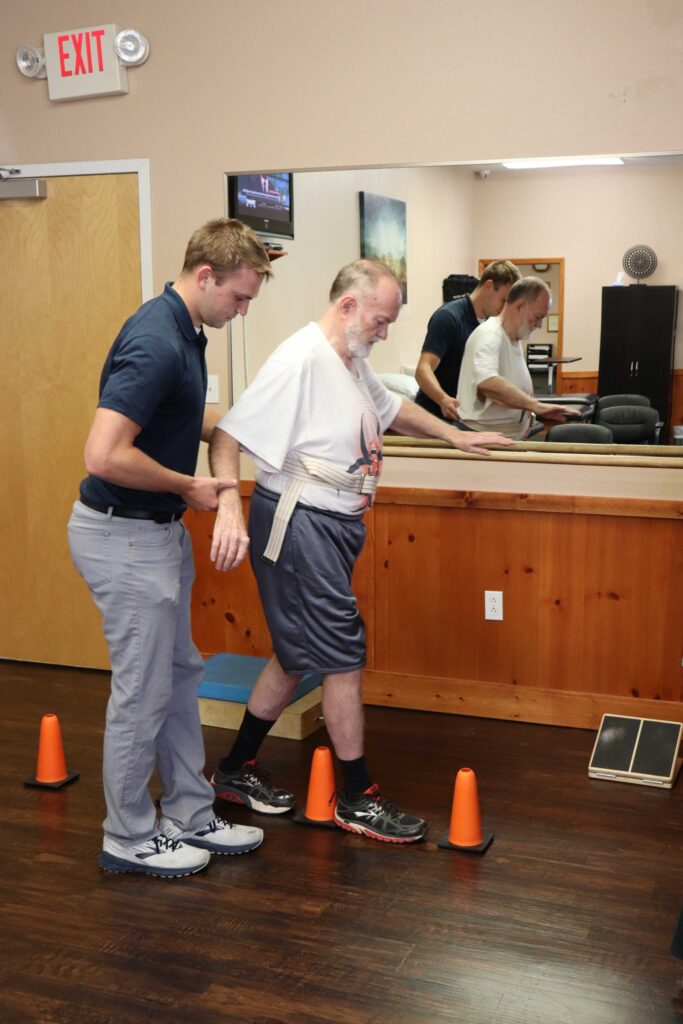Our physical therapists have a lot of training. Still, it’s a good idea to ask them about their experience in working with people who’ve had conditions like yours. You can also ask them how many sessions you’ll need.
How Does Our Physical Therapy Treat Pain?
Physical therapists are experts not only in treating pain, but also its source. Yours will look for areas of weakness or stiffness that may be adding stress to the places that hurt. And they will treat those areas with certain exercises to ease pain and help you move better.
In a physical therapy session, you may do a mix of:
Low-impact aerobic training. These workouts will rev up your heart rate and still take it easy on your joints. For instance, you might walk fast or use a stationary bike to warm up, instead of running, before you do your strengthening exercises.
Strengthening exercises. You might use machines at your physical therapist’s office, resistance bands, or your own body weight (think lunges, squats, and pushups). You may work on your core muscles (belly, glutes, and back), as well as other parts of your body.
Pain relief exercises. These moves target areas where you have pain, so you’re stronger and more flexible — which should make it easier to live your life.
Stretching. This will be gentle, and your therapist will make sure that you’re warmed up and you don’t stretch too far.
What Else Might I Do?
During your sessions, your therapist may also use:
Heat and ice packs. Ice calms inflammation. Heat warms up your muscles so they move better. Both can help with pain.
TENS and ultrasound. Transcutaneous electrical nerve stimulation, or TENS, uses a device to send a low-voltage electric current to the skin over the area where you have pain. Ultrasound sends sound waves to the areas that hurt. Both may offer relief by blocking the pain messages that go to your brain.
Will It Hurt?
Physical therapy shouldn’t hurt, and it will be safe. But because you’ll use parts of your body that are injured or have chronic pain, physical therapy can be challenging, even hard. For example, you may feel sore after stretching or deep tissue massage.
But there’s a reason for that. Your therapist has a specific plan in mind based on your particular needs. Sometimes to get stronger, you have to do some tough training. It will push you, but it shouldn’t be too much
Each person may respond differently to therapy. Your body type, daily activities, alignment, and habits all affect your plan. Stick with it, and you’ll get the benefits.
We are here for you.
Our therapists can help resolve your pain and teach you how to prevent it from recurring: https://apexnetworkpt.com/request-an-appointment/
WebMD Medical Reference Reviewed by Michael W. Smith, MD on December 01, 2020



